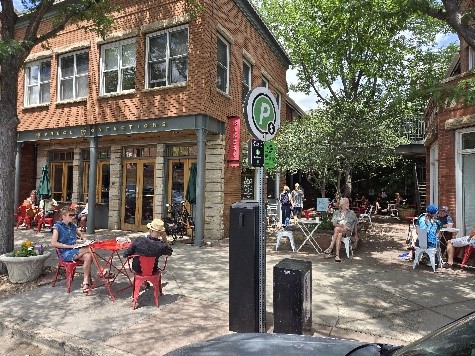Bring the family to experience the magic and myth of the West Pearl Historic District. Comprised of twenty-five buildings from 3rd Street to 6th Street and south to Boulder Canyon Drive, unique architecture, landmarks and changing fall colors make this neighborhood a fascinating walk through history.
Walk the paths of Boulder’s historical figures up to the resting place of many of them. While this venture is outside most of the Pearl Street business district, learn how the late 19th century flood altered the history and architecture of west Pearl Street. Along the way, regardless of the time of year, consider the landscaping splendor of some of the loveliest yards in Boulder.
As the route leaves downtown and heads up Pearl Street towards Red Rocks and The People’s Crossing, the footpath becomes one taken over time to access the canyon, water and mountains. Experience history while passing by the Indigenous People’s trailhead over Boulder Creek into Eben G. Fine Park. Wind around Flagstaff Mountain to University Hill. Pass through early pharmacologist and naturalist Mattie Dean Garden into Columbia Cemetery, the eventual communal ground of many who developed West Pearl and this town. Close the loop by returning along 9th Street, locating other landmarks, including the Progressive Era philanthropist Hannah Barker’s house and Historic Registry Arnette-Fullen House.
